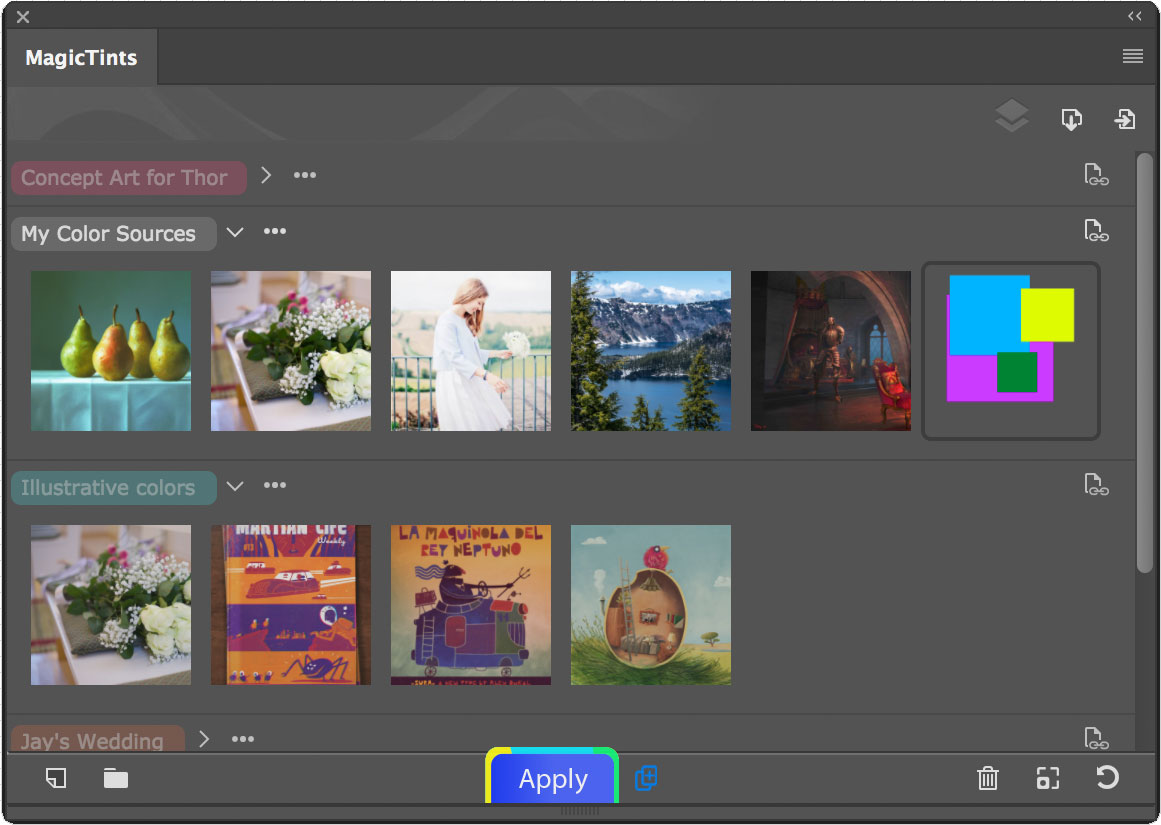

Click on the menu disclosure arrow to the right of the word Normal. Click the Lock Transparent Pixels button. Use either Fill from the Edit menu or the shortcut above to fill the blue pixels with green. In the Layers panel, click the Lock Transparent Pixels checkbox (Shown in Red in the Layers Panel screenshot.) This allows changing the blue pixels to green without making a new selection. Click on the blue foreground to open the Color Picker. The shortcut is Command (WIN: Control) + J. Duplicate Blue then make it Greenīlue is still active (highlighted.) Choose Layer > New > New Layer via Copy from the menu. The keyboard shortcuts are Option + Delete for MacOS and Alt + Backspace in Windows. The blue appears as the Foreground Color in the toolbar. 255 is the brightest a color can be in Photoshop.

Click on the Blue: entry window radio button. TIP: While the selection is being drawn, a heads up readout showing the height, width, X & Y positions appears. The Option (WIN: Alt) key makes the tool center on the cursor. Hold down the Shift and Option (WIN: Alt) keys then click in the center of the document. Click Create.Ĭreate a new blank layer then make a circular selectionĬhoose Layer > New… from the main menu or press Command (WIN: Control) + Shift + N. Set the height and width to 8 inches with 300 as the resolution. Make a new document in PhotoshopĬhoose File > New… in Photoshop’s main menu or use Command (WIN: Control) + N. Follow the steps below to make your own RGB color wheel to experience how RGB color works. The compliments of photographic light are cyan, magenta and yellow. Adobe Color CC (Window > Extensions > Adobe Color Themes… in Photoshop,) shown above, in an interactive color wheel. An RGB ( Red, Green, Blue) color wheel shows how digital cameras and Photoshop (Lightroom too) create the spectrum of hues in digital photography. They are used for mixing paints and inks for printing on paper in CMYK ( Cyan, Magenta, Yellow, Key ).


 0 kommentar(er)
0 kommentar(er)
